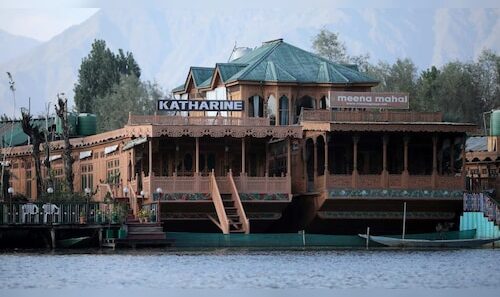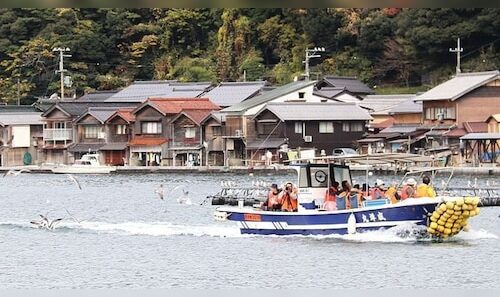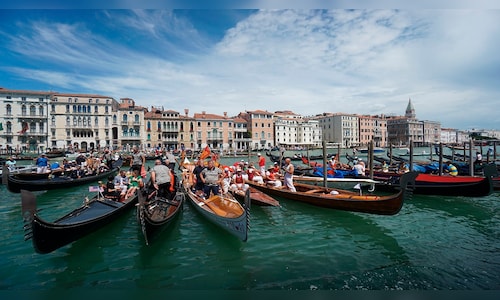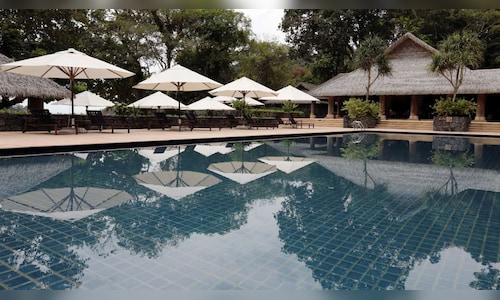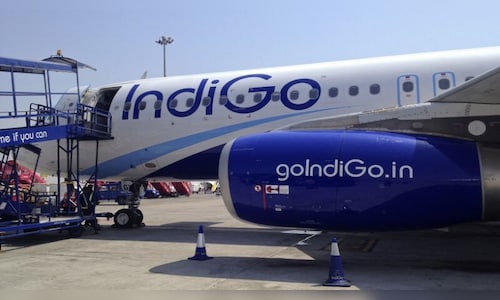The report indicates that wine, primarily an urban-centric beverage, experienced a more significant impact from the decline in consumption compared to other alcoholic drinks. Founder and CEO Rajeev Samant shared with PTI, “After three years of strong growth, FY25 served as a year of demand correction for the Indian wine sector.” He attributed the temporary market disruptions to upcoming general and state elections in crucial areas like Maharashtra, which affected demand.
“But the silver lining is that these challenges are behind us, and we anticipate a more normalized domestic macro environment as we approach FY26,” Samant stated.
Despite these challenges, Sula Vineyards achieved a record operational revenue of ₹619.4 crore in FY25. “We have continued to strengthen our leadership position, remaining the clear frontrunner in the country’s wine market,” Samant told shareholders.
Also read | Liquor prices rise in Maharashtra as state cabinet hikes excise duty
The company is optimistic about the upcoming year. Samant remarked, “Now that the tough times are past us,” showing confidence that the firm will experience greater momentum and growth in FY26. He highlighted planned expansions for the company’s brands and wine tourism sector, supported by anticipated economic stability, as key growth drivers. The firm aims to “accelerate earnings growth over the next three years (FY25-FY28) with improved EBITDA margins and capital efficiency.”
This growth strategy is founded on several initiatives, such as product innovation, increasing production capacity, enhancing market reach, and fortifying the direct-to-consumer (D2C) channel. The company is on course to increase cellar capacity by 1 million liters, bringing its total capacity to 19.2 million liters annually by the end of FY26.
Samant highlighted a positive change in wine consumption trends throughout India. “Sales of our domestic Own Brand, excluding Maharashtra and Karnataka, rose by 8 percent year-on-year, driven by 11 states showcasing robust double-digit growth. This aligns perfectly with our goal of achieving true nationwide penetration.”
Also read | In India, wine culture takes off — with a vineyard scene that’s worth a trip
India’s wine market, currently estimated at between $150–200 million, is relatively small on a global scale. With annual sales surpassing 3 million cases, this segment still represents less than 1% of the country’s overall alcoholic beverages market. The per capita wine consumption in India is below 50 ml, in stark contrast to the global average of 5.5 liters, emphasizing the potential for growth.
Sula projects that “the Indian wine market is likely to expand at a 15 percent CAGR from CY 2023 to 2028, driven by rising prosperity, increased disposable income, rapid urbanization, shifting consumer preferences, and a higher number of working women and female drinkers.”
In addition to winemaking, Sula’s wine tourism segment continues to thrive. The two resorts located in Nashik—‘The Source at Sula’ and ‘Beyond by Sula’—are performing very well, together offering a total of 104 rooms. A third property with 30 keys is currently in development near the company’s York Winery in Nashik, and Domaine Sula in Karnataka is also slated for expansion.
“In FY25, our wine tourism revenue grew by 10.2 percent year-on-year to Rs 60.3 crore, driven by a highly successful SulaFest’25, coupled with robust performance from our resorts. Our resort occupancy increased by 400 basis points from 74 percent in FY24 to 78 percent in FY25, thanks to a strong festive and wedding season,” Samant concluded.

